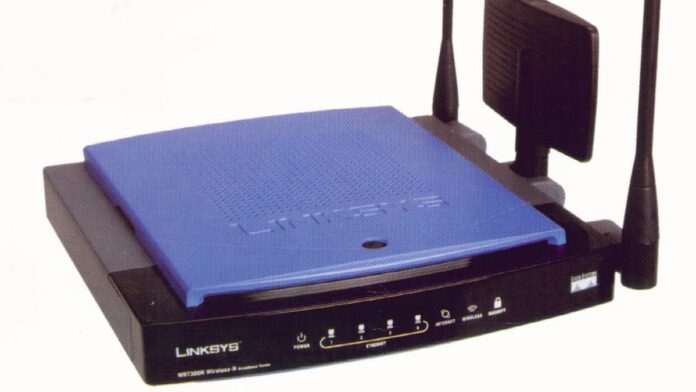
A WiFi router. Photo used for representation purpose only.
| Photo Credit: The Hindu
It’s not too common to hear that a band of wireless spectrum is “close to our hearts” from the lectern of a hotel ballroom in Central Delhi. But the emerging interest in getting access to the 6 gigahertz (GHz) band — which ranges from 5,925 to 7,125 megahertz (MHz) — is pitting wireless telecom operators against fixed line Internet Service Providers (ISPs), with both groups keen to lay claim on a band of spectrum that could enable the next generation of 5G, or WiFi — or as some modestly insisted, both.
The Broadband India Forum (BIF), which represents tech giants and some ISPs, on Tuesday held an event, sponsored in part by Meta, that advanced this demand. 6 GHz delicensing would benefit fixed line broadband providers and software giants, as some of the latter try to get into the public WiFi hotspot space. Telecom operators, meanwhile, worry that since India’s mobile data consumption is growing so rapidly — Nokia estimated that data consumption had increased over sixfold in the last five years — that they need to earmark further spectrum for licensed use on their networks.
Newer WiFi routers in India largely use spectrum on two bands, sometimes simultaneously: 2.4GHz and 5GHz. As frequency increases, the range of the signal drops, but the bandwidth goes up significantly. The WiFi 6E standard, launched in 2020, uses 6 GHz, enabling speeds upwards of 9.6 gigabits per second (Gbps). No home internet provider currently offers those speeds in India, but 6GHz spectrum supports multiple devices on a wireless network more harmoniously than in the 5GHz band, even on slower connections, enticing telecom providers and ISPs.
Meta Platforms (which owns Facebook and WhatsApp), Microsoft Corporation, and Google in 2020 urged the Telecom Regulatory Authority of India (TRAI) that “it is critical that regulators enable all parts of the broadband ecosystem to advance in capabilities, and even more critical in the case of license-exempt technologies given their important role in supporting broadband requirements.”
Countries like South Korea and the United States, where telecom operators have rapidly deployed 5G networks, have delicensed the 6 GHz band, V.J. Christopher, a Wireless Advisor at the Department of Telecommunications’ Wireless Planning & Coordination Wing noted on Tuesday’s event.
“Broadband associations are pushing for the utilisation of the entire 6 GHz band for WiFi, [while] mobile operator organisations like GSMA and COAI [Cellular Operators Association of India] advocate for full or part of the band for IMT [international mobile telecommunications],” Mr. Christopher said. Government officials at the event did not tip the scale, in terms of recommending which of the three approaches they thought would be best to follow.
6 GHz spectrum is currently reserved for mobile and satellite telecommunications, according to the National Frequency Allocation Plan, 2022.
#GHz #spectrum #attracts #telcos #broadband #providers
